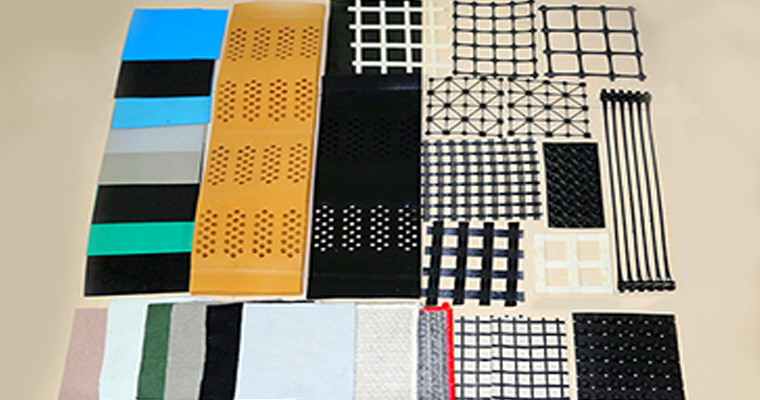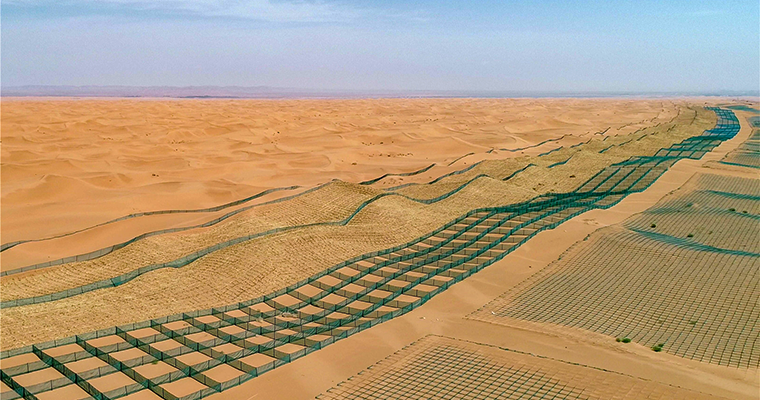
Geosynthetics is a new type of geotechnical engineering materials. It is based on synthetic high molecular polymers (polypropylene (PP), polyethylene (PE), polyester (PER), polyamide (PA), high-density polyethylene (HDPE) and polyvinyl chloride (PVC), etc.) ) Various types of products made from raw materials. The development and use of geosynthetics has a history of decades. Its wide application range opens up new horizons and adds new vitality to the development of geotechnical engineering technology. J.PGiroucl, the second chairman of the International Geosynthetics Society, said that the emergence and application of geosynthetics is a revolution in geotechnical engineering.

Developed countries such as Europe, the United States, Japan and other developed countries have built highways earlier, and they have incorporated geosynthetic measures into highway construction very early. Geotechnical materials originated in the 1940s, when wood and iron materials were mostly used. In the 1970s, with the widespread use of planar geosynthetics in the engineering field of developed countries, the requirements for their engineering performance became higher and higher; in order to further improve and improve the engineering performance of geosynthetics, the US Army Corps of Engineers (USACE) took the lead The performance research and field test of the three-dimensional structure geocell were carried out. Since then, the railway departments of the United Kingdom, Canada, Switzerland, Brazil, Japan and other countries have successively completed further field tests. The UK took the lead in applying geocells along its eastern coastal highway to strengthen many weak roadbed sections.

For the common diseases of highway subgrade in mountainous areas, there are generally the whole or part of subgrade collapse, subsidence, subgrade water damage, subgrade tumbling and other problems. When dealing with the whole or part of subgrade subsidence and subsidence diseases, engineering and technical personnel will generally adopt subgrade soil replacement, pile foundation, grouting or geotechnical materials to strengthen the subgrade of high-filled subgrade.